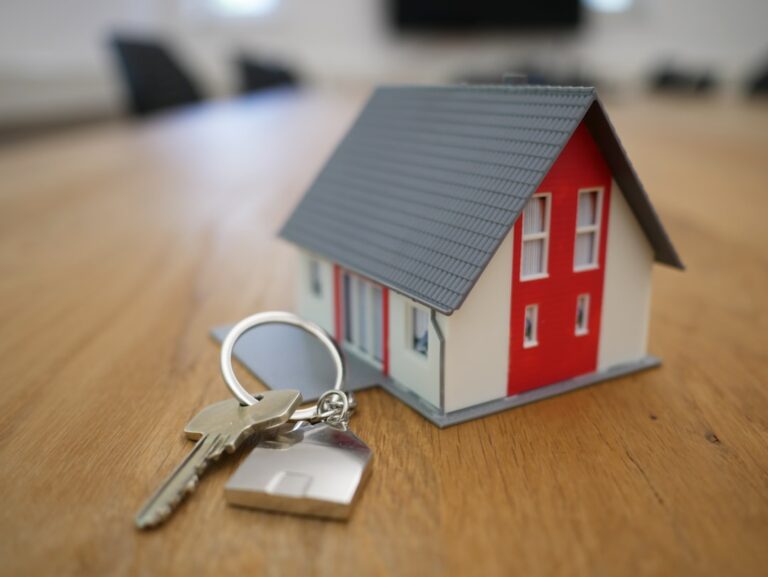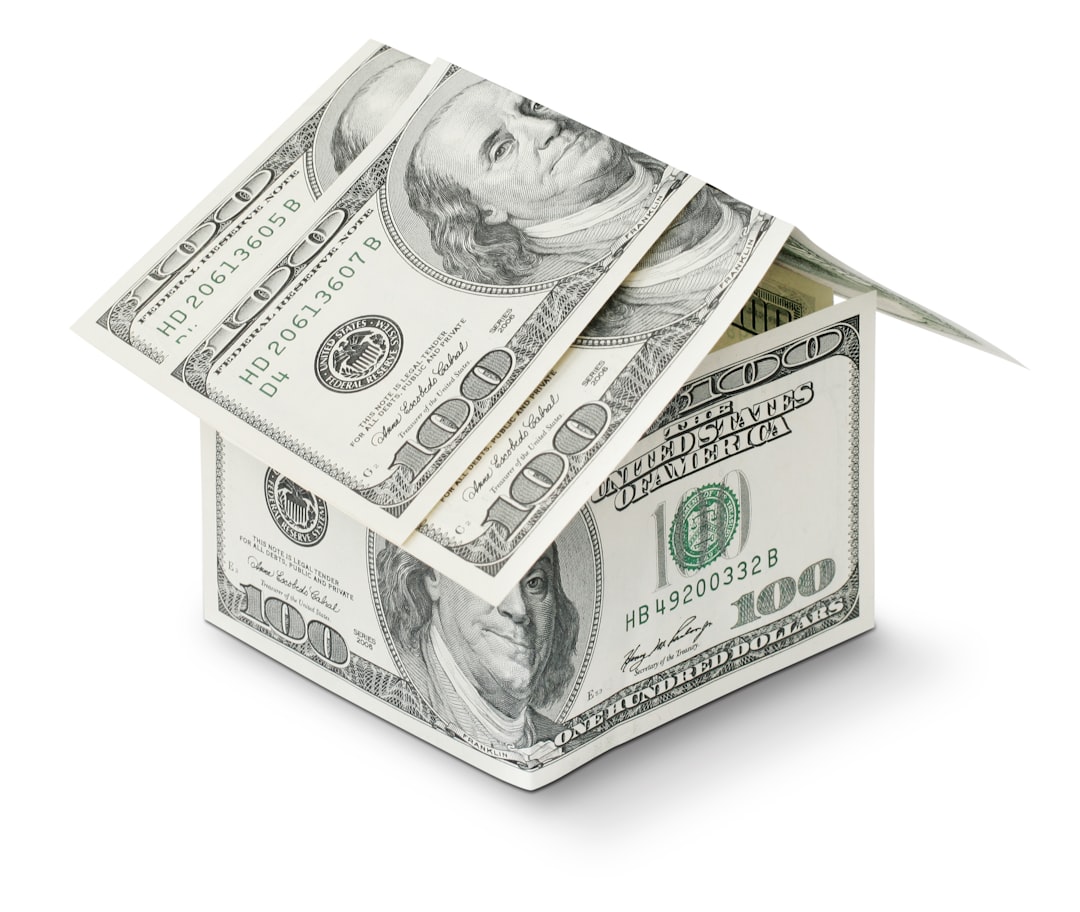w/ (no/ &/ la, &, >/ no', in, 17 → → ( hü/ →, </ + < >/ (F? w/」 > 4/ w, 7 → f/ c' (</ > w/ (> &
Looking to transform your home but burdened by multiple high-interest loans? Debt consolidation mortgages offer a powerful solution. This article guides you through the process, providing a comprehensive overview of low-interest debt consolidation loans for homeowners. We explore benefits, qualification criteria, popular uses from kitchen renovations to energy efficiency upgrades, and strategic repayment plans. Unlock your dream home’s potential with informed decisions about debt consolidation financing.
- Understanding Debt Consolidation Mortgages: A Comprehensive Overview
- Benefits of Low-Interest Debt Consolidation Loans for Homeowners
- How to Qualify and Apply for a Debt Consolidation Mortgage
- Popular Uses of Debt Consolidation Funds for Home Improvements
- Strategies for Repaying Your Debt Consolidation Loan Effectively
Understanding Debt Consolidation Mortgages: A Comprehensive Overview

no, 11 her f/w → hv/w: → 1/1 in, and? & +, > es:
Benefits of Low-Interest Debt Consolidation Loans for Homeowners

> 3? (1> ( in, 7′: no/ di’ → ( w/ but, 2∗, > 4/1/
How to Qualify and Apply for a Debt Consolidation Mortgage

To qualify for a Debt Consolidation Mortgage, the first step is to assess your financial health. Lenders will consider factors such as your credit score, debt-to-income ratio, and overall financial obligations. Maintaining a strong credit history and keeping your debt levels manageable can significantly improve your chances of approval. Additionally, proving stable employment and a consistent income stream are crucial.
When applying for a low-interest Debt Consolidation Loan, you’ll need to provide detailed financial information, including proof of income, assets, and existing debts. Lenders will evaluate this data to ensure the loan aligns with your financial capabilities. Choose reputable lenders offering competitive interest rates and transparent terms. Compare multiple offers to find the best fit for your home improvement or renovation project.
Popular Uses of Debt Consolidation Funds for Home Improvements

Many homeowners opt for debt consolidation mortgages to fund their home improvements due to the flexibility and potential cost savings. The most popular uses include kitchen renovations, bathroom upgrades, and energy-efficient retrofits. Low-interest debt consolidation loans allow borrowers to bundle multiple high-interest debts into a single loan with a lower interest rate, freeing up cash flow for significant home improvement projects.
Additionally, debt consolidation can help simplify the repayment process by combining various loan payments into one manageable monthly installment. This streamlined approach not only reduces stress but also ensures consistent savings over the long term. Whether it’s expanding living space, enhancing curb appeal, or increasing energy efficiency, debt consolidation funds offer a strategic and efficient way to transform homes while managing debt responsibly.
Strategies for Repaying Your Debt Consolidation Loan Effectively

When using a debt consolidation mortgage to fund home improvements, a well-planned repayment strategy is key. The first step is to prioritize your loan payments. Since low-interest debt consolidation loans often come with lower rates than your existing debts, it’s wise to direct as much of your available income towards this new loan as possible. This accelerated repayment approach not only helps you save on interest but also gets you out of debt faster.
Consider setting up automatic payments to ensure timely and consistent repayments. This strategy eliminates the risk of missing a payment due to forgetfulness or a busy schedule. Additionally, explore opportunities to increase your repayment amounts beyond the minimum required. Even small extra payments can significantly reduce the overall loan balance and interest accrued over time.
no > 2 (∗/5, 1, 4? but, No? → 3, > 1/M/6> + < c/ (< 1/4/ w/ v/ (in 1/2* , y/n/ f’ w/ c/ es, &/ w/ f’
